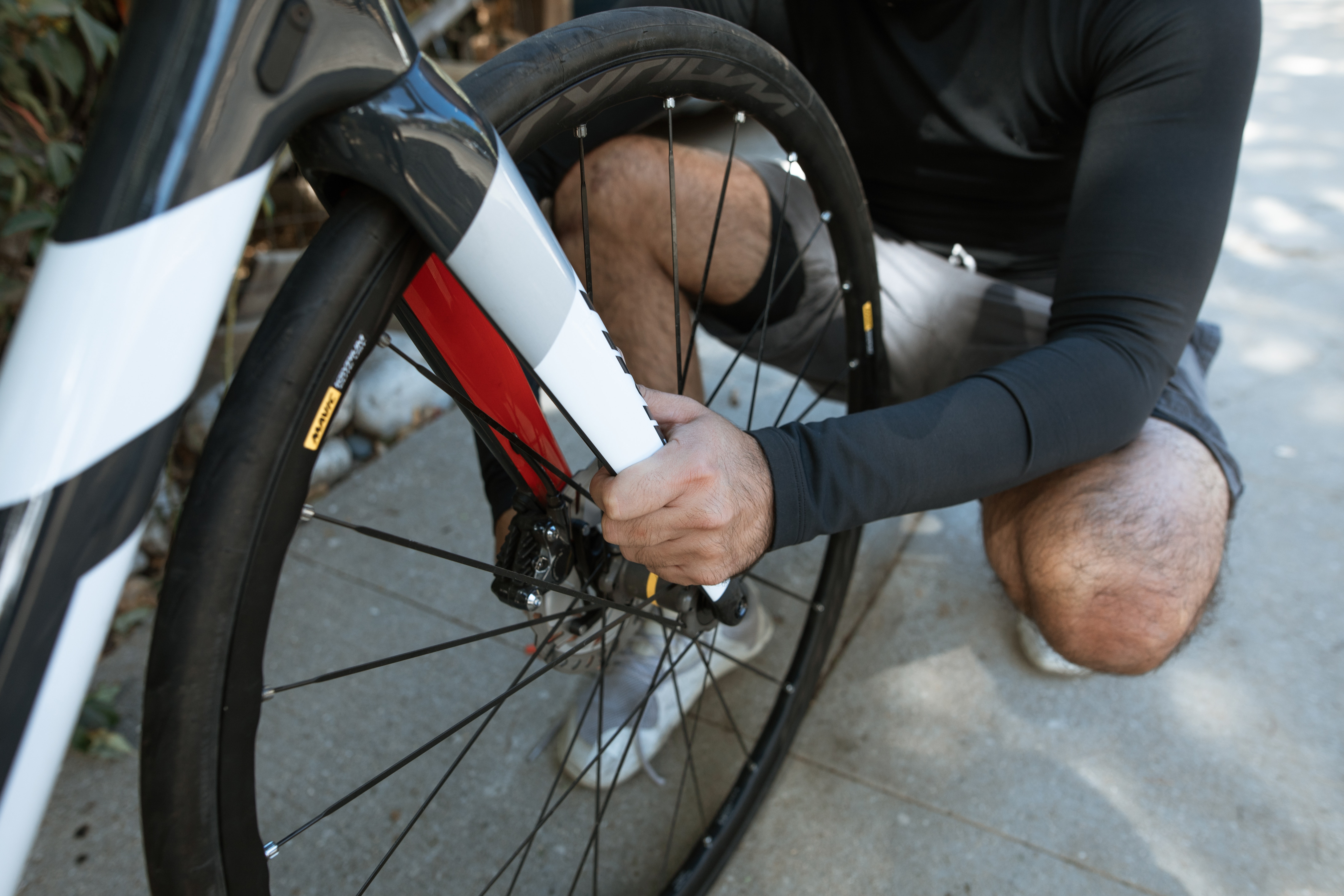We talk a lot about how electric bikes are good for the environment and for our cities. But what do we really mean by good for our cities? Well there’s a couple of easy examples of this, less congestion, less noise pollution, cleaner air. All of these points are true across all electric vehicles really- although electric cars don’t mean much for congestion. Electric bikes and scooters offer some less direct examples of change though. It’s not going to happen tomorrow but small EV’s, pretty much everything except electric cars, can alter the very shape of our cities. And that could be a very good thing.
The Benefits of EV’s
There’s a few benefits that EV’s already have over petrol cars. They give off less emissions and they’re generally quieter. This means that the air quality and noise levels aren’t going to be damaging to the people within the city. It’s also great news for parks, birds and animals find it a lot easier to thrive in areas with less noise and air pollution. Less petrol based vehicles means more biodiversity in urban settings and a more robust eco-system.
In terms of our daily lives both electric bikes and scooters help in easing congestion within a city. Electric bikes don’t need to deal with the same levels of traffic on city streets, depending on legislation they may also have more routes available to them. Cutting through a park instead of needing to go around for example. It’s one of the reasons a lot of commuters have traded their cars for bikes for commuting purposes.
Electric cars lag behind a little bit here. No matter what they need to deal with the same problems as petrol cars in day to day driving. Still a step up and for some it might even be better. Like if you need to commute a particularly long distance. For most urban commutes though they don’t offer any practical advantage over a petrol motor.

How Cities Are Built
At the moment most of our cities are designed based around the use of automobiles, whether they’re cars or trucks. This means a lot of space is dedicated to parking, whether that’s on street or a complex. As much as we hate to state the obvious it also means a lot of space taken up by roads. The point is that nearly all of our infrastructure is currently based on driving.
This is understandable. Cars and busses have been the go to for transport for a long time now. As sales grew we widened roads to deal with congestion. We established bus lanes to make public transport more efficient. But the truth is after the popularity of cars cities began to focus on cars to the detriment of others. Things like sidewalks began to seem less important.
The problem is this made having a car even more important. In the UK we generally kept relatively robust public transport systems. Some cities don’t though, just look at Cairo or some U.S. cities. Non-automobile travel is nearly impossible.
The reliance on cars leads to congestion, high emissions and noise pollution. Without a way to combat it the mental and physical health of a city’s citizens begin to worsen. Noise induces hearing loss is an example of this. NIHL happens at noise levels above 85db, and the WHO recommends noise levels no higher than 55db. The average noise level in a city environment is 60db but it can get significantly louder during rush hour. As this article points out, without cars city noise can be as low as 40db.
New Designs
Ok, so lets get this out of the way, changing how our cities are designed isn’t just going to happen. It takes a lot of investment and a lot of work. It’s also not really in the power of the industry to do it. We can bring awareness and campaign but ultimately it’s up to councils and governments. That doesn’t mean our cities can’t be changed for the better though.
Increased Bike Lanes
This is one of the more obvious changes that comes from switching to planning for electric bikes. More bike lanes to deal with increased bike traffic. Sounds simple enough but it comes with some great benefits. In places where there are no bike lanes it is much easier for cyclists to end up in accidents. It makes sense really, if there’s no designated bike lane cyclists need to share the space with cars. If they’re sharing the space it multiplies the amount of potential accidents that can occur.
Pedestrianised Cities
Pedestrianisation seems to be picking up some steam recently. Cities like Boston, Sydney and Bristol are all pedestrianising or considering pedestrianising parts of the city. Why, though? We’ve talked already about how damaging noise levels can be. A lot of that noise comes directly from cars. Air quality also increases with pedestrianisation. Road traffic accidents decrease and traffic congestion is nearly non-existent.
Pedestrianisation is also an important step in revitalising leisure areas such as parks. People are much more likely to spend time in an area with cleaner air and comfortable noise levels. It’s not limited to spending time in parks either, pedestrianised high streets result in higher foot traffic and individuals spending longer in the area.
By planning around E-bikes, cities can expand their pedestrianised areas much easier. They could even make entirely pedestrian cities. Copenhagen is a great example of pedestrianising a city. By removing cars from Strøget they realised an increase in pedestrian volumes and stop and stay activities.
While cars are the main form of transportation there’s only so much a city can be pedestrianised though without sacrificing manoeuvrability throughout the city. E-bikes solve this by taking far less space in transport. This allows a dedicated bike lane without sacrificing a large portion of any street space to roads.
Green areas
We’ve all been to very pretty cities with lovely parks and urban greenery. That greenery isn’t just making a city prettier though. Green space in urban areas promotes physical and mental health.
The CDC found that, “Exposure to nature or green space also has positive physical and mental health benefits, including lower rates of heart disease, stroke, obesity, stress, and depression”. They go on to recommend the adoption of open streets that are closed to traffic at certain times.
It’s not just health benefits either, increased green space or rewilded areas help to cool cities. By providing shade and cooling the air through moisture, evaporation areas can help make cities much more comfortable. Green areas also help with air pollution, filtering rain water and taking carbon out of the air.
With a bike based city, green space is much easier to implement. Again bikes just don’t take up the same amount of space. All that space taken up by on street parking can be redesignated for trees. Outdoor parking lots can become recreational areas. Major roads converted into greenways.
Do We Really Need to Change Cities
Let’s be clear, this is not an argument for taking cars away from all cities in all cases. Most cities need to have infrastructure for cars in order for retailers to get deliveries and for emergency services. I love E-bikes but if I need to be taken to the hospital I’d rather take an ambulance.
What this is an argument for is changing the structure of our cities to better cater to the population at large. As it is we cater for cars to the point where those without them suffer. Even drivers suffer as a result of congestion. And not everywhere can have an underground system like London or New York to compensate.
Electric bike focused cities change a lot and it won’t happen overnight. If we can push to make it happen though the benefits are everywhere. Cleaner air, quieter cities, healthier people, more nature. They can even be easier to get around with the lack of traffic.
So yes, in order to make our cities more livable and more accessible they need to change. For the physical and mental wellbeing of their citizens they need to change. For brick and mortar retail they need to change.
We believe in making cities better for the people in them. If that’s something you believe in then get in touch. Let’s start the push for cities focused on people, not cars.




